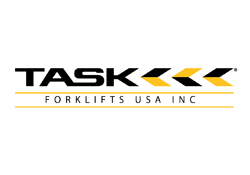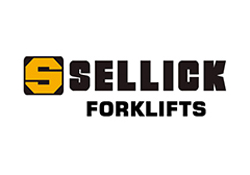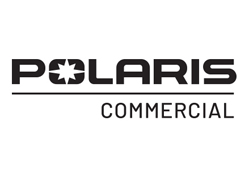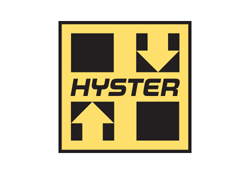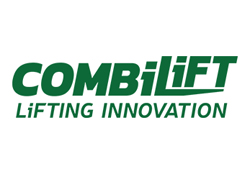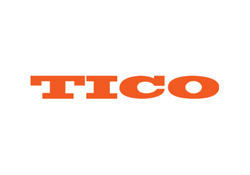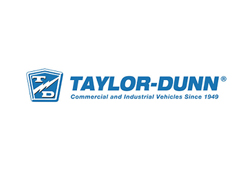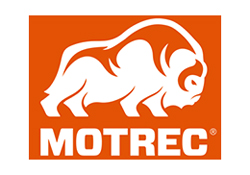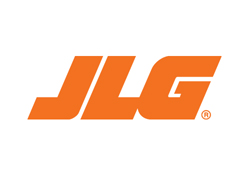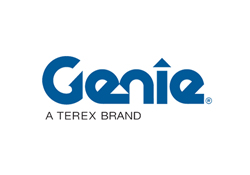How to Choose the Right Forklift Parts for Your Needs
Choosing the right forklift parts is crucial for the optimal performance and longevity of material handling equipment in various industries. With the global forklift market projected to reach approximately $80 billion by 2027, and the demand for efficient and reliable operations on the rise, selecting high-quality forklift parts has become more important than ever. According to industry reports, improper or substandard parts can lead to increased downtime and safety hazards, costing companies not only in repairs but also in lost productivity.
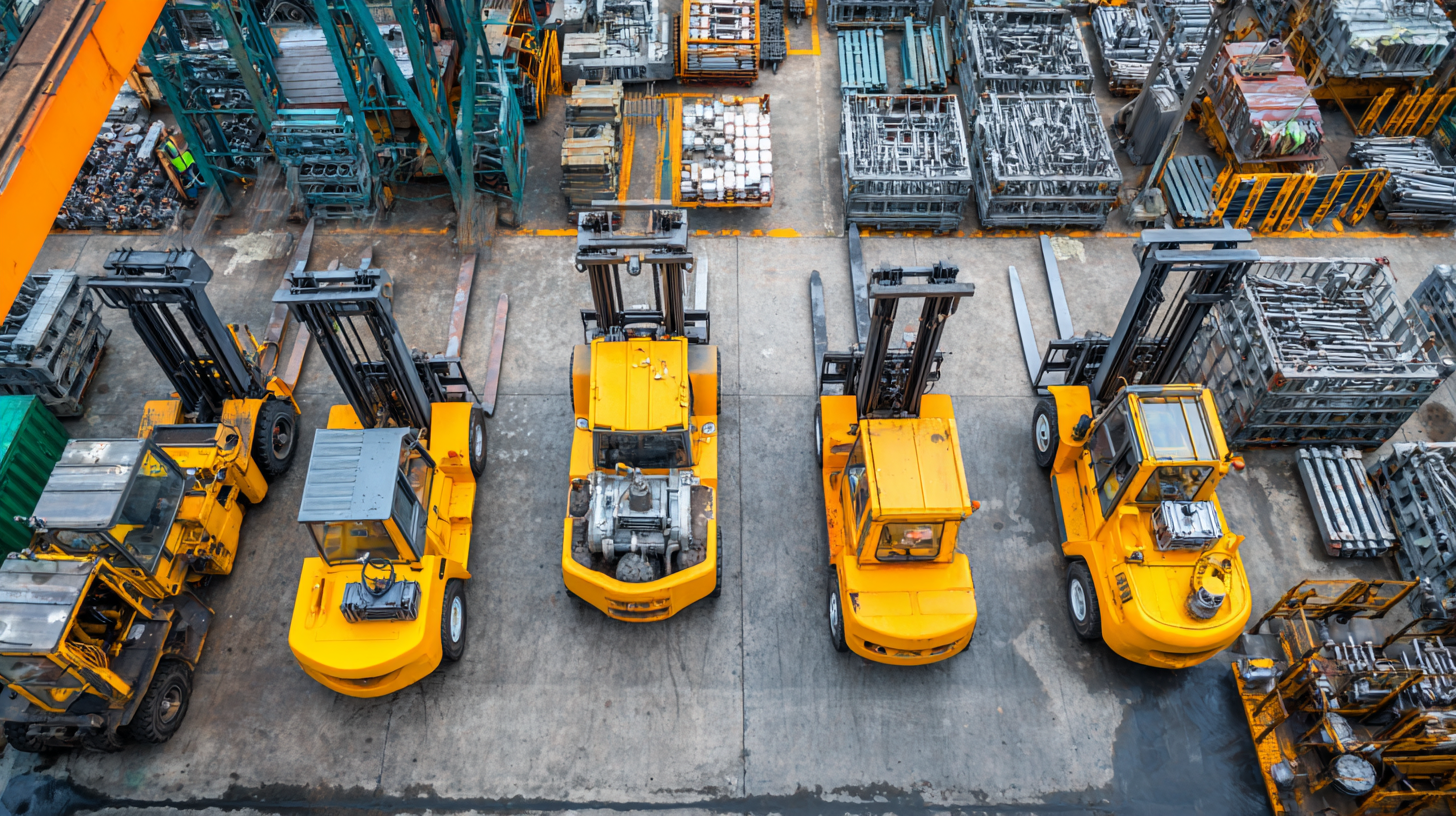
As businesses strive for operational excellence, understanding the types and specifications of forklift parts is essential for maintenance managers and procurement specialists. This knowledge ensures that the right components are chosen to enhance performance, reduce operational costs, and maintain safety standards in the workplace.
Understanding Your Forklift's Specific Requirements
When selecting the right forklift parts, it's essential to thoroughly understand your forklift's specific requirements. Each forklift model has unique specifications, and using parts that are incompatible can compromise performance and safety. Start by consulting your forklift's manual, which provides critical information about part numbers and recommended manufacturers. Knowing your forklift's load capacity and operating environment will also inform your choices, as certain parts may be better suited for heavy-duty operations or harsh conditions.
Additionally, consider the frequency of use and required maintenance for your forklift. Forklift components such as tires, brakes, and hydraulic systems can greatly influence overall efficiency and durability. By assessing how often your forklift is used, you can prioritize parts that will endure wear and tear without sacrificing functionality. Investing in high-quality parts tailored to your specific usage conditions will not only optimize performance but also enhance the longevity of your equipment.
Forklift Parts Usage Comparison
Identifying the Key Components for Optimal Performance
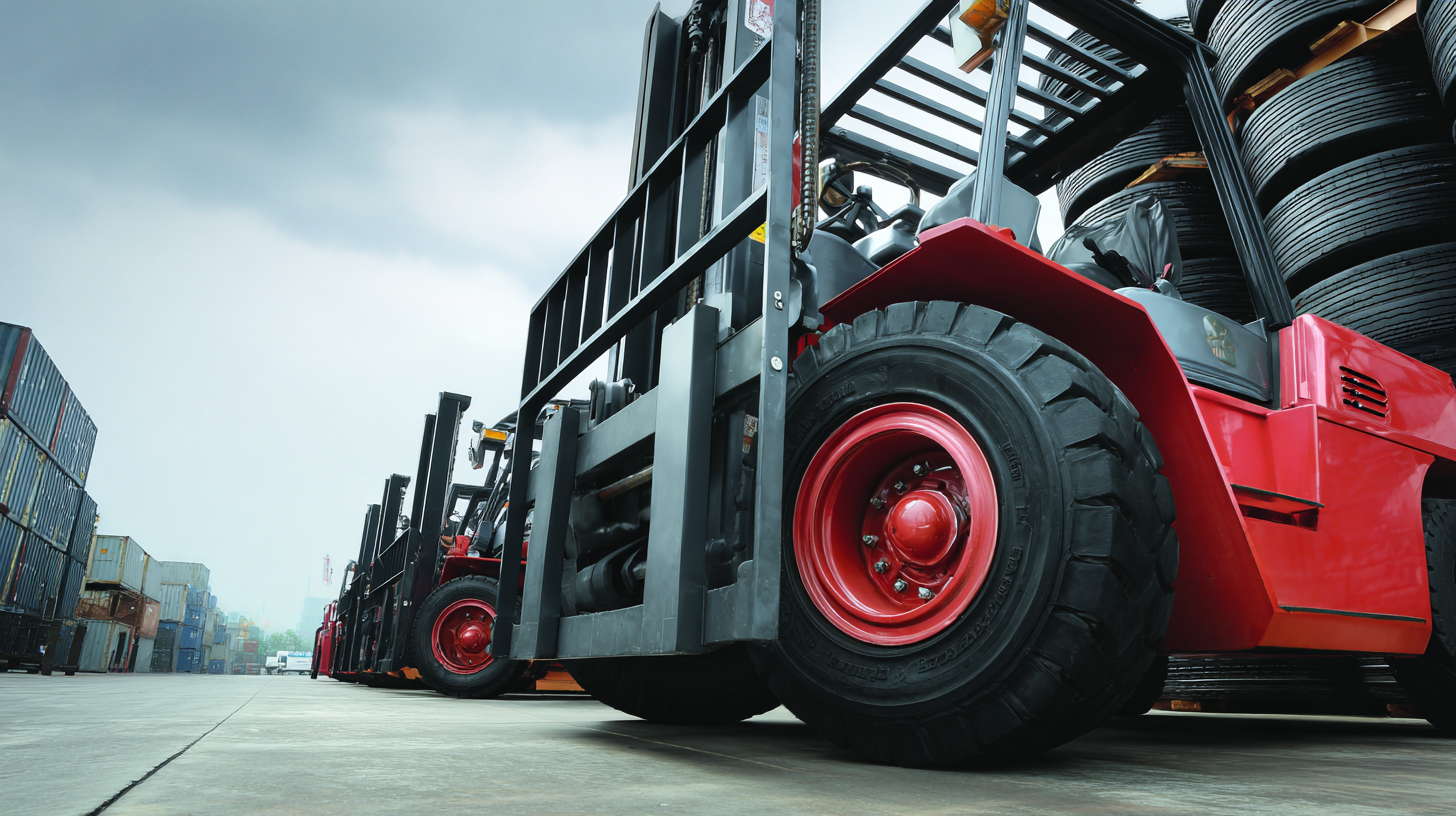 When selecting forklift parts, it is essential to identify the key components that contribute to optimal performance. Central to this is understanding the role of critical elements such as the hydraulic system, the lifting mechanism, and the drive unit. The hydraulic system must function smoothly to ensure that the fork can move and lift loads efficiently. It’s also vital to consider the lifting mechanism's compatibility with the types of loads you frequently handle, whether they are lightweight or heavy, to ensure safety and efficiency in operations.
When selecting forklift parts, it is essential to identify the key components that contribute to optimal performance. Central to this is understanding the role of critical elements such as the hydraulic system, the lifting mechanism, and the drive unit. The hydraulic system must function smoothly to ensure that the fork can move and lift loads efficiently. It’s also vital to consider the lifting mechanism's compatibility with the types of loads you frequently handle, whether they are lightweight or heavy, to ensure safety and efficiency in operations.
Moreover, the drive unit influences the overall maneuverability of the forklift. The selection should be guided by the environment in which the forklift will operate, such as indoor warehouse spaces or outdoor job sites. It’s beneficial to consult performance management strategies that focus on the maintenance and effectiveness of these components. By assessing these aspects, users can make informed decisions that lead to enhanced operational productivity and longevity of their forklifts.
Evaluating Quality vs. Cost in Forklift Parts Selection
When selecting forklift parts, balancing quality and cost is paramount. According to a report by the Material Handling Industry of America (MHIA), nearly 70% of companies that invest in high-quality components see a return on investment in under a year due to lower maintenance costs and increased operational efficiency. While cheaper options can appear tempting upfront, they often lead to higher long-term expenses through frequent replacements and potential operational downtimes.
Furthermore, industry studies indicate that using subpar forklift parts can lead to safety hazards, with companies facing an average of $50,000 in fines and legal costs due to accidents attributed to equipment failure. It is essential to evaluate not only the immediate costs but also the reliability and lifespan of the parts. Investing in reputable brands can enhance longevity and performance, ultimately contributing to a safer and more productive environment. Therefore, while cost is a critical factor, prioritizing quality can lead to significant savings and improved safety in the long run.
Researching Trusted Suppliers and Brands for Reliability
When selecting the right forklift parts, researching trusted suppliers and brands is crucial for ensuring reliability and performance. A reputable supplier not only offers high-quality components but also provides valuable insights into the parts that will best suit your specific needs. Look for companies with a proven track record in the industry, ideally those that have been in business for several years. Ratings, testimonials, and case studies can often provide a clear picture of a supplier's reliability and customer service.
In addition to assessing suppliers, it’s important to focus on the brands they carry. Well-known brands in the forklift parts market typically have established a reputation for durability and efficiency. Take time to compare different brands based on their warranties, availability of parts, and customer support services. This thorough approach not only helps in choosing the right parts but also enhances the overall safety and productivity of your operations. By prioritizing trusted suppliers and reputable brands, you can ensure your forklift runs smoothly for years to come.
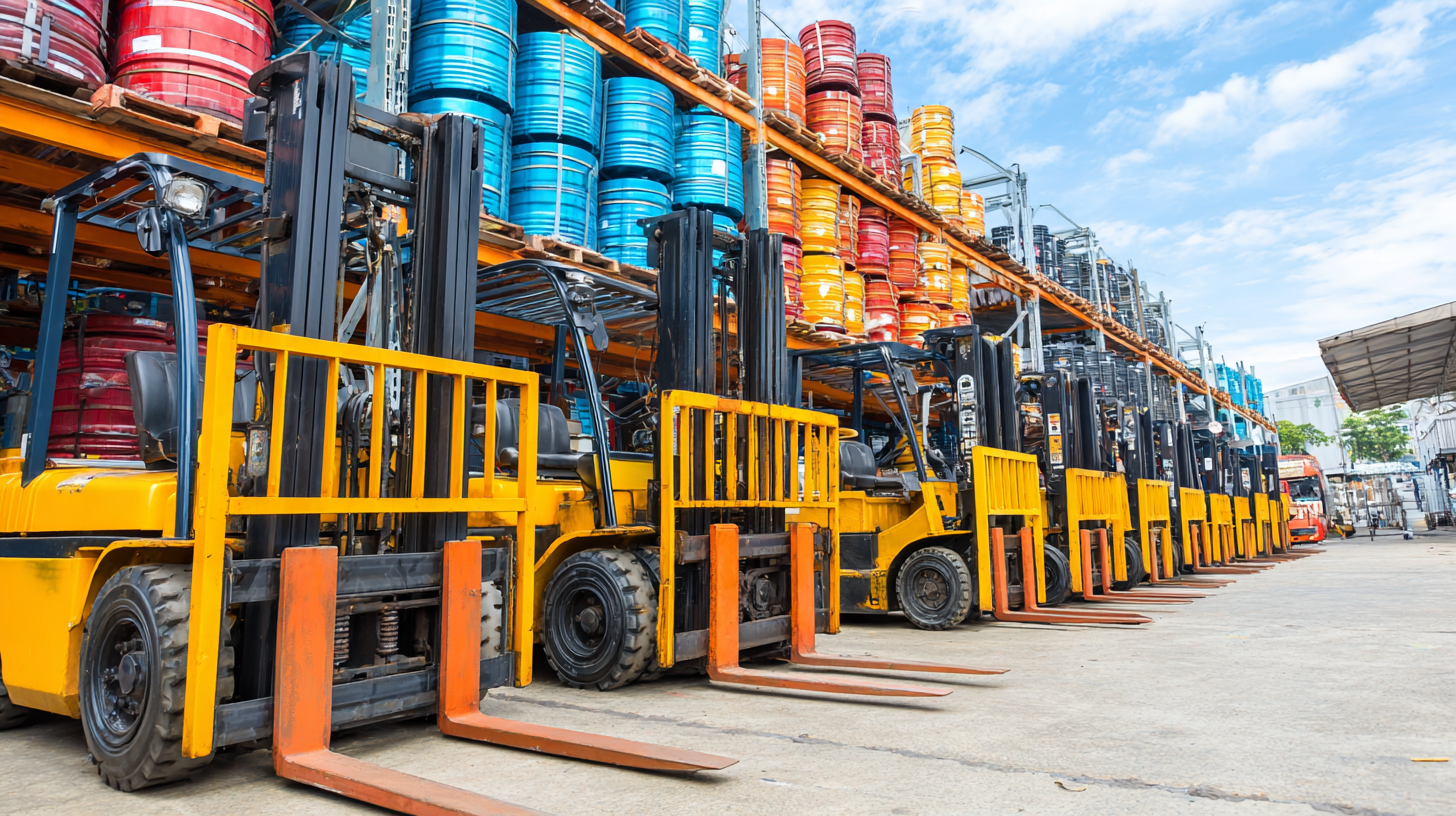
Considerations for Maintenance and Longevity of Parts
When it comes to choosing the right forklift parts, maintenance and longevity should be at the forefront of your decision-making process. High-quality parts not only enhance the performance of your forklift but also significantly extend its lifespan. Investing in genuine OEM (Original Equipment Manufacturer) parts can ensure you receive components specifically designed for your equipment, offering better fit and durability.
**Tips:** Regular inspections of your forklift parts can help identify wear and tear early, allowing for timely replacements and avoiding costly downtime. Additionally, ensure that you follow the manufacturer's maintenance schedule, which often includes recommended service intervals for critical parts like brakes and tires.
Moreover, consider the environment in which your forklift operates. If it’s primarily used indoors or on smooth surfaces, you may opt for different parts compared to those used in rugged outdoor settings. Selecting parts that are suited for your specific operational conditions can prevent premature wear and enhance overall efficiency.
**Tips:** Don’t hesitate to consult with experts or parts suppliers who can guide you in selecting the appropriate parts based on your needs. They can also provide valuable information on the best maintenance practices to preserve the longevity of your forklift’s components.
How to Choose the Right Forklift Parts for Your Needs - Considerations for Maintenance and Longevity of Parts
| Part Type | Importance for Longevity | Maintenance Considerations | Typical Replacement Interval |
|---|---|---|---|
| Mast | Critical for lift stability | Regular inspection for bent or damaged rails | Every 5 years |
| Tires | Essential for traction and load support | Check for wear and air pressure regularly | 12-18 months |
| Hydraulic Fluid | Key for smooth operation | Change based on operating hours or annually | Annually or as needed |
| Battery | Crucial for electric forklifts | Regular charging and water level checks | Every 3-5 years |
| Forks | Important for load handling | Inspect for cracks and deformation | As needed, typically every 5 years |
Related Posts
-

The Ultimate Guide to Choosing the Best Fork Lift for Your Warehouse Needs
-

Unlocking Efficiency: The Benefits of Quality Forklift Parts for Your Business
-

Essential Guide to Reach Trucks: Maximizing Warehouse Efficiency with Data-Driven Insights
-
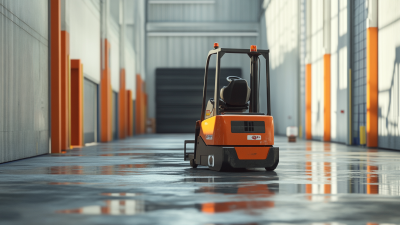
8 Reasons Why a Powered Pallet Jack Is Essential for Efficient Warehouse Operations
-
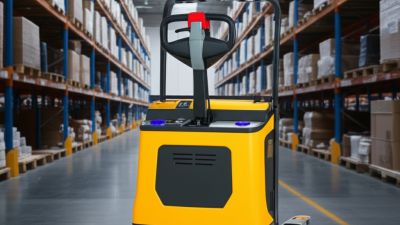
Exploring the Future of Best Pallet Trucks in the 2025 Market Landscape
-
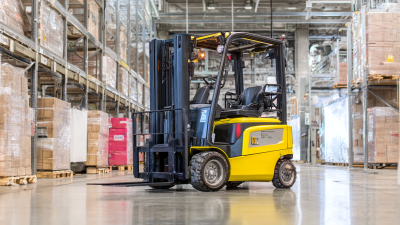
Understanding Global Standards for the Best Electric Forklift Production
